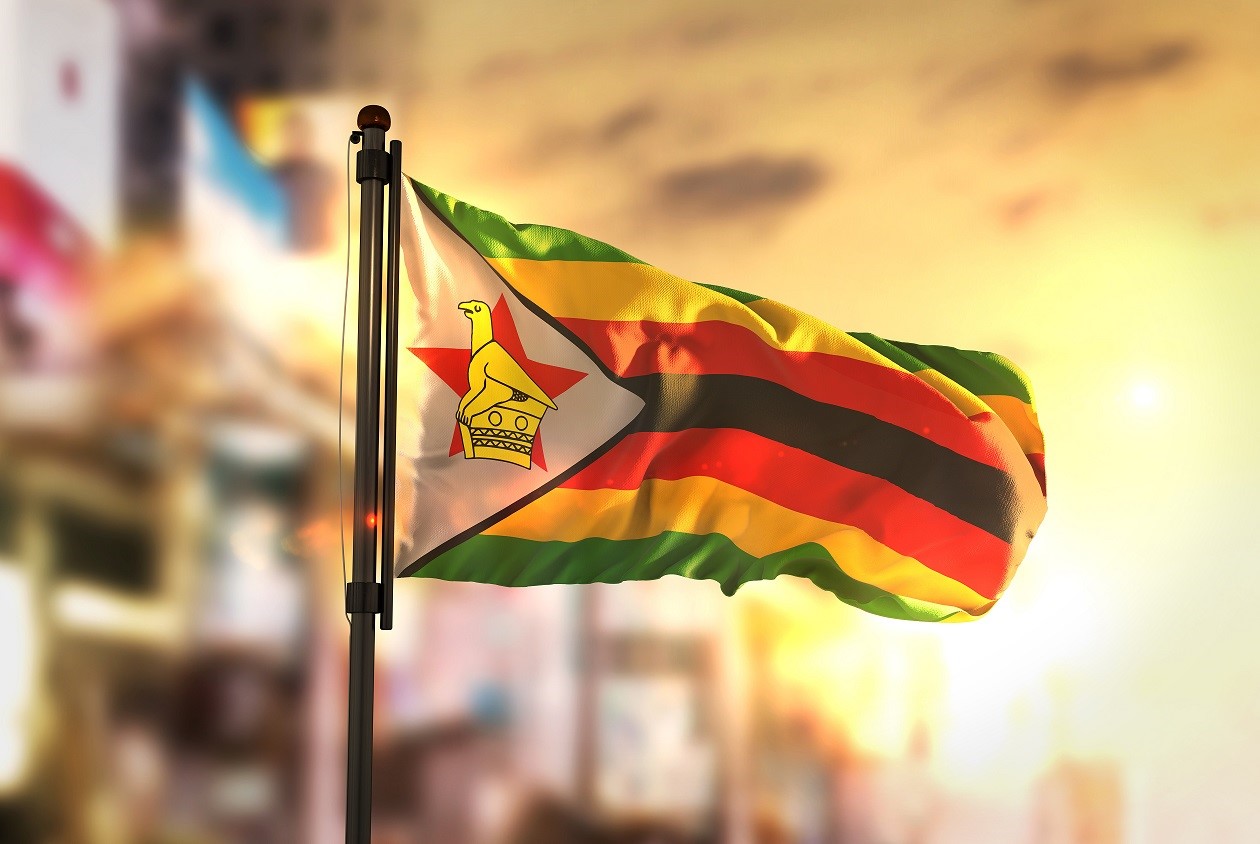
A COUPLE of months ago I promised to finish off my series on the laws of branding. I find this is an opportune time.
The law of the sub-brands This is a law that modern marketers are trying to rethink and to put into better perspective. Sub branding is a concept that I believe destroys what branding has built. In order to try and work on the perception of the customers, sub branding tries to introduce a branding concept as a master brand or megabrand strategy.
The only example that I learnt in my college day that brings the idea of sub-branding clearly is the Holiday Inn example. When they wanted to create a master brand they created Crowné Plaza, initially it was called the Holliday Inn Crowné Plaza but now the hotel is known as just the Crowné Plaza. Crowné Plaza is now the flagship hotel in the group.
I personally have not done any research on this, but I have a feeling that the experience may not entirely differ at the flagship hotel but it would definitely cost more. I of-course stand to be educated on this.
The law of siblings While concentrating all efforts in building formidable brands should be a key result area of all companies and constantly perfecting those in order to drive markets, there comes a time when a company should introduce a second or a third brand.
The company that comes to mind when addressing the law of the siblings is National Foods. National Foods, is famous for the Red Seal Brand.
Under this brand they have rice, maize meal, sugar beans and cooking oil. While they could have continued to perfect this brand in the rice category for instance they instead decided to launch the Mahatma category, which is a brand that has grown significantly in its own right from the Mahatma Original to the Mahatma Jasmine, Mahatma Basmati and to the Mahatma Brown.
I must however be quick to say that this has worked well for National Foods and they will dominate the category for a long time but it is not a strategy that will work for every business.
- Chamisa under fire over US$120K donation
- Mavhunga puts DeMbare into Chibuku quarterfinals
- Pension funds bet on Cabora Bassa oilfields
- Councils defy govt fire tender directive
Keep Reading
The law of shape The ideal shape for a logo is the horizontal shape. This is so because of the way the human eyes send signals to the brain to record vision. The shape of the brand logotype is of great importance in some fields but at the end of the day what is important is the space that the brand occupies in the minds of the customer.
The law of the colour When I think of colour in branding I normally think red. This is the colour for the brand of Coca-Cola.
This is a brand that took centre stage in the home that I grew up in. Like I stated before in my earlier articles, red is the colour of energy and excitement.
In the world of brands red is a retail colour that is used to attract attention. Blue is a corporate colour that is used to communicate stability.
When selecting a colour therefore it is important to know that consistency over the long term can help a brand burn its way into the mind of the consumer. Coca-Cola has used red for over a century and it has paid off.
The law of mortality While the laws of branding are immutable, brands themselves are not. A brand would have to be Coca-Cola for it to last a century otherwise brands die, remember Tarino, Downings Bread, Krest and Blue Arrow. Sometimes it is actually a good thing to let a brand die.
This allows for new inventions to take place. Scholars in branding recommend euthanasia for old and tired brands.
The law of singularity The brand should occupy an undisputed space in the customers mind it is therefore not necessarily good to extend a brand. Line extensions weaken the brand.
The law of boarders Brands should not know any boarders. DStv is a good example of a brand that knows no borders.
This concludes my series on the laws of branding.
Till next week keep reading the red publication and remain Brand Savvy.










